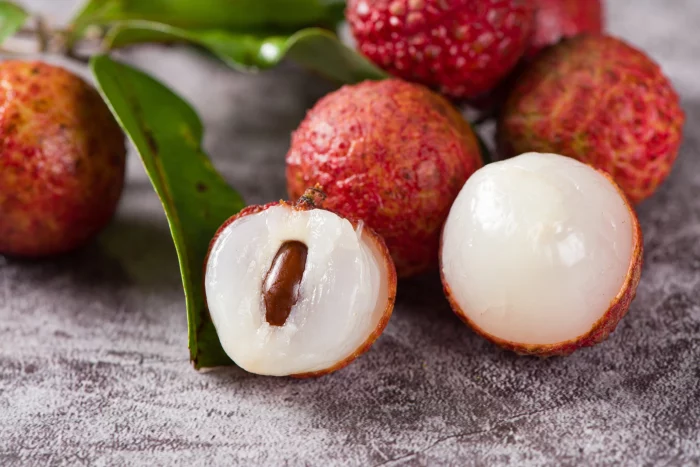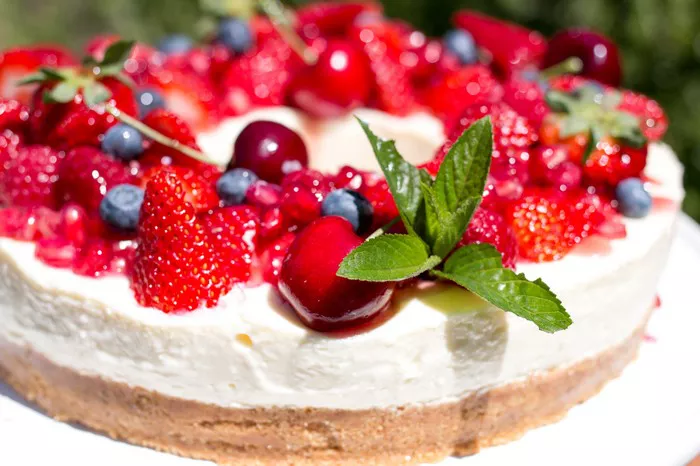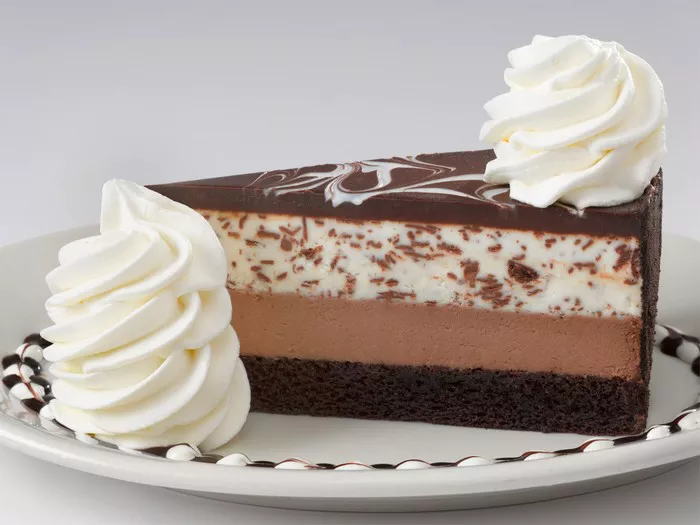When it comes to baking, eggs play a crucial role in creating the perfect texture, structure, and flavor of baked goods. As a staple ingredient, eggs are widely used in various recipes, from cakes and cookies to bread and pastries. But have you ever wondered what exactly eggs do in baking? Let’s unravel the culinary magic of eggs and explore their key functions.
Egg Varieties and Freshness
When it comes to baking, understanding different types of eggs and their freshness can further enhance your baking experience. Let’s delve into egg varieties and freshness considerations to ensure you’re working with the best eggs for your culinary creations.
Egg Varieties
While chicken eggs are the most commonly used in baking, there are other varieties that can add unique flavors and characteristics to your recipes. Here are a few notable egg varieties you may encounter:
Free-Range or Pasture-Raised Eggs: These eggs come from chickens that have been allowed to roam freely outdoors, giving them access to a more varied diet. Free-range or pasture-raised eggs may have deeper-colored yolks and a richer flavor profile.
Organic Eggs: Organic eggs are produced by hens fed organic feed without the use of pesticides, antibiotics, or hormones. These eggs may offer a slightly different taste and are often sought after by those who prioritize organic products.
Brown Eggs vs. White Eggs: The color of an eggshell has no impact on its taste or nutritional value. Brown eggs come from breeds of hens with brown feathers, while white eggs come from breeds with white feathers. Choose either based on availability and personal preference.
Duck or Quail Eggs: Duck and quail eggs can add novelty to your baking projects. Duck eggs have a larger yolk-to-white ratio, which can contribute to a richer texture. Quail eggs are much smaller and delicate, often used for decorative purposes or in specialty recipes.
While the egg variety may offer slight variations in flavor and appearance, they can generally be used interchangeably in most baking recipes. Adjustments may be necessary for recipes that heavily rely on the unique properties of a specific egg variety.
Egg Freshness
Using fresh eggs is crucial for achieving optimal results in baking. Here’s how to determine the freshness of eggs:
Sell-By or Expiration Date: Check the packaging for the sell-by or expiration date. It’s best to use eggs before the indicated date for optimal freshness and quality.
The Float Test: Fill a bowl with water and gently place an egg into it. If the egg sinks and lies horizontally at the bottom, it is very fresh. If it sinks but stands upright on one end, it is still good to use but not as fresh. If the egg floats to the top, it is no longer fresh and should be discarded.
Cracking and Smelling: Crack an egg onto a flat surface and inspect its appearance. A fresh egg will have a high, firm yolk and thick, gel-like egg white. The egg white should be clear, not cloudy. Additionally, fresh eggs should have a mild, neutral smell. Any off-putting odor may indicate spoilage.
Candling: Candling is a process where eggs are held up to a bright light to examine the interior. This method is commonly used in commercial egg production to identify any defects or irregularities.
It’s best to use the freshest eggs available, as they offer superior binding, leavening, and flavor-enhancing properties. However, eggs that are slightly past their prime can still be used in baking, especially if they pass the float test and show no signs of spoilage.
What Do Eggs Do in Baking?
Binding Agent
One of the primary functions of eggs in baking is acting as a binding agent. The proteins in eggs coagulate when heated, helping to hold the ingredients together and provide structure to baked goods. This is especially important in recipes that do not contain gluten, such as flourless cakes or certain cookies.
Leavening Agent
Eggs also contribute to the leavening process, which creates lightness and aeration in baked goods. When eggs are beaten or whisked, they incorporate air, creating tiny bubbles that expand during baking. The steam from the eggs helps lift the batter or dough, resulting in a light and fluffy texture.
Moisture Retention
Eggs add moisture to baked goods, preventing them from becoming dry or crumbly. The water content in eggs helps to hydrate the other ingredients, keeping the final product moist and tender. This is particularly important in recipes with a high ratio of dry ingredients, such as cakes or muffins.
Emulsification
Egg yolks contain lecithin, a natural emulsifier that helps blend ingredients that would otherwise separate, such as oil and water. Emulsification creates a smooth and cohesive batter or dough, resulting in a more uniform texture and enhanced flavor. This is particularly evident in recipes like mayonnaise, custards, or creamy desserts.
Flavor Enhancement
Eggs contribute to the overall flavor profile of baked goods. They add a rich and subtle taste that enhances the sweetness or richness of the other ingredients. Additionally, eggs can add a hint of savory or buttery notes, depending on the recipe.
Browning and Appearance
Eggs also play a role in the browning and appearance of baked goods. The proteins and sugars in eggs undergo the Maillard reaction during baking, resulting in the desirable golden brown color of crusts and edges. Additionally, eggs provide a glossy sheen to surfaces, giving baked goods an attractive and appealing appearance.
Binding Ingredients
Eggs act as a glue, binding ingredients together in recipes such as meatloaf, meatballs, or breaded coatings. The proteins in eggs coagulate during cooking, helping to hold the mixture together and prevent it from falling apart.
Coating and Sealing
In certain recipes, eggs are used to coat or seal the surface of baked goods. This is commonly seen in glazes, where beaten eggs are brushed onto breads or pastries before baking, creating a shiny and golden crust. Eggs can also be used to adhere toppings or fillings to the surface of baked goods, such as applying a layer of egg wash to help nuts or seeds stick to breads or cookies.
Substitutions and Alternatives
While eggs are a versatile and essential ingredient in baking, there are instances where substitutions or alternatives may be necessary or preferred. Some common substitutions for eggs include:
Flaxseeds or Chia Seeds: When mixed with water, ground flaxseeds or chia seeds create a gel-like consistency that can act as a binding agent in certain recipes. This is especially useful for vegan or egg-free baking.
Applesauce or Mashed Bananas: These ingredients can be used as a substitute for eggs in recipes where moisture and binding are required. They also add a subtle sweetness and flavor to the baked goods.
Yogurt or Buttermilk: In recipes where eggs contribute to moisture and tenderness, yogurt or buttermilk can be used as a replacement. These dairy products provide moisture and add a tangy flavor to the final product.
Commercial Egg Replacers: There are several commercial egg replacers available on the market, made from a combination of starches, leavening agents, and binders. These products can be used as a one-to-one substitute for eggs in various recipes.
It’s important to note that while substitutions can be successful in many cases, they may alter the texture, flavor, or appearance of the final product. It’s always best to experiment and adjust recipes accordingly based on individual dietary needs or preferences.
Tips for Working with Eggs in Baking
Now that we’ve explored the essential role of eggs in baking, it’s time to discuss some useful tips for incorporating eggs into your baking endeavors. These tips will help you make the most of eggs’ unique properties and ensure successful results in your baked goods.
Room Temperature Eggs
For better incorporation and distribution of ingredients, it’s advisable to use eggs at room temperature. Cold eggs can cause the batter to curdle or result in uneven mixing. To bring eggs to room temperature quickly, place them in a bowl of warm water for a few minutes before using.
Separating Eggs
When a recipe calls for separated eggs, it’s crucial to separate the yolks from the whites without any traces of yolk in the whites. Even a small amount of yolk can hinder the whipping of the whites. To ensure clean separation, crack each egg into a separate bowl before transferring the yolks and whites to their designated containers.
Whipping Egg Whites
When whipping egg whites, ensure that the bowl and whisk are clean and free of any traces of fat or oil. Even a tiny amount of grease can prevent the whites from properly whipping to their full volume. Additionally, adding a pinch of cream of tartar or a few drops of lemon juice can help stabilize the whipped whites.
Egg Size and Substitutions
Pay attention to the size of eggs called for in a recipe, as it can affect the overall moisture and structure. In most cases, large eggs are the standard. If you have different-sized eggs on hand, you can adjust the quantity accordingly. For example, if a recipe calls for three large eggs and you have extra-large eggs, using two extra-large eggs should be sufficient.
Egg Washes
To create a golden and shiny crust, egg washes are commonly used. For a classic egg wash, beat an egg with a small amount of water or milk until well combined. Brush the wash onto the surface of pastries, breads, or cookies before baking to achieve a beautiful finish.
Egg Safety
Practicing proper egg safety is crucial to avoid any risk of foodborne illnesses. Always purchase fresh eggs from reliable sources and check for any cracks or abnormalities before use. It’s important to refrigerate eggs promptly and discard any that are past their expiration date. Additionally, thoroughly wash hands, utensils, and surfaces that come into contact with raw eggs to prevent cross-contamination.
Experimenting with Substitutions
While eggs play a significant role in baking, there are various egg substitutes available for dietary restrictions or personal preferences. As mentioned earlier, ingredients such as flaxseeds, chia seeds, applesauce, mashed bananas, yogurt, buttermilk, or commercial egg replacers can be used as alternatives. However, keep in mind that substitutions can alter the texture, flavor, and appearance of the final product, so experimentation and adjustments may be necessary.
By keeping these tips in mind, you can confidently incorporate eggs into your baking adventures and achieve the desired results in your creations. Whether you’re whipping up a decadent cake, crafting delicate pastries, or baking a comforting loaf of bread, eggs will continue to play a vital role in creating delicious and satisfying baked goods.
Conclusion
Eggs are an integral ingredient in baking, providing structure, moisture, leavening, and flavor to a wide range of recipes. From binding ingredients together and adding moisture to creating lightness and aeration, eggs contribute to the overall success and enjoyment of baked goods. They also enhance the flavor, appearance, and browning of the final product.
Understanding the functions of eggs in baking allows for greater flexibility in recipe modifications and substitutions. While alternative ingredients can be used in certain cases, it’s important to consider the impact on texture, flavor, and appearance.
So, the next time you embark on a baking adventure, remember to appreciate the culinary magic that eggs bring to the mix. Whether it’s a fluffy cake, a tender cookie, or a beautifully browned loaf of bread, eggs play a vital role in creating the delectable treats that we all love.






















